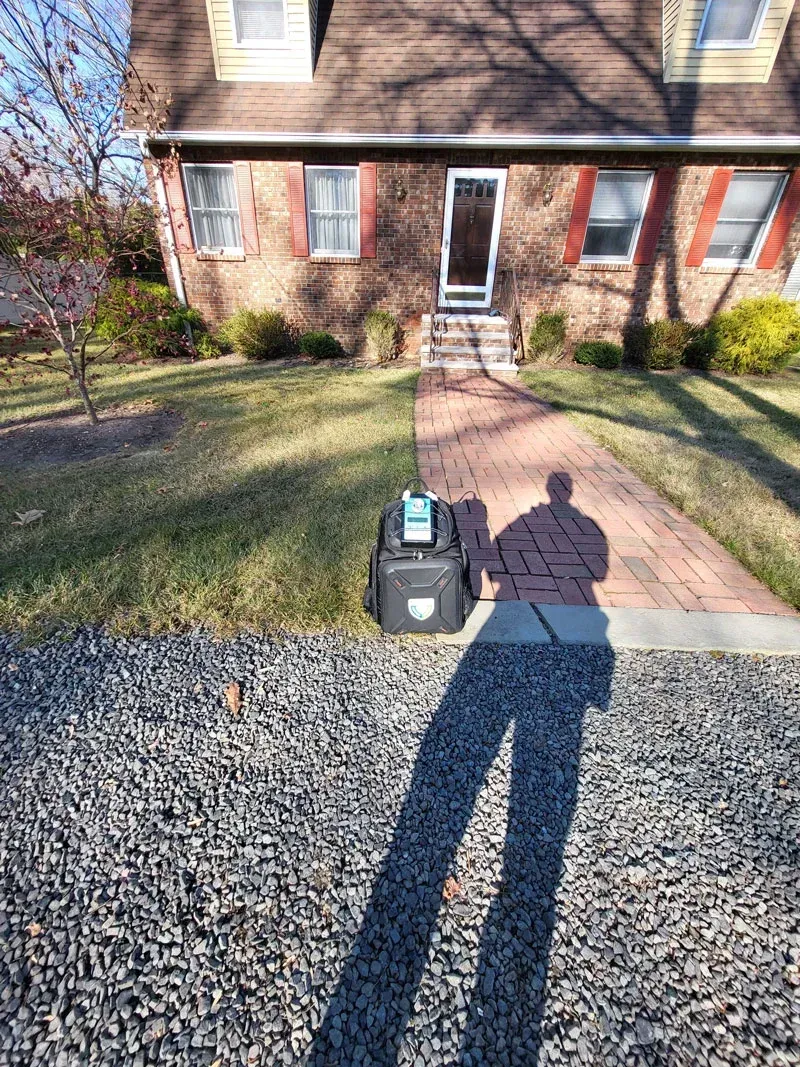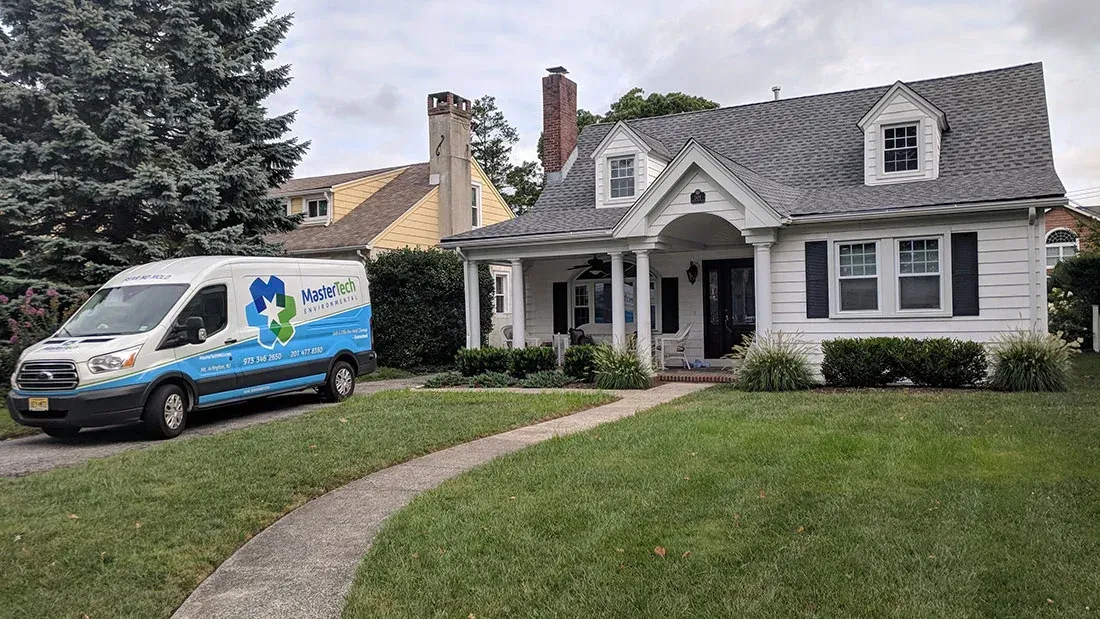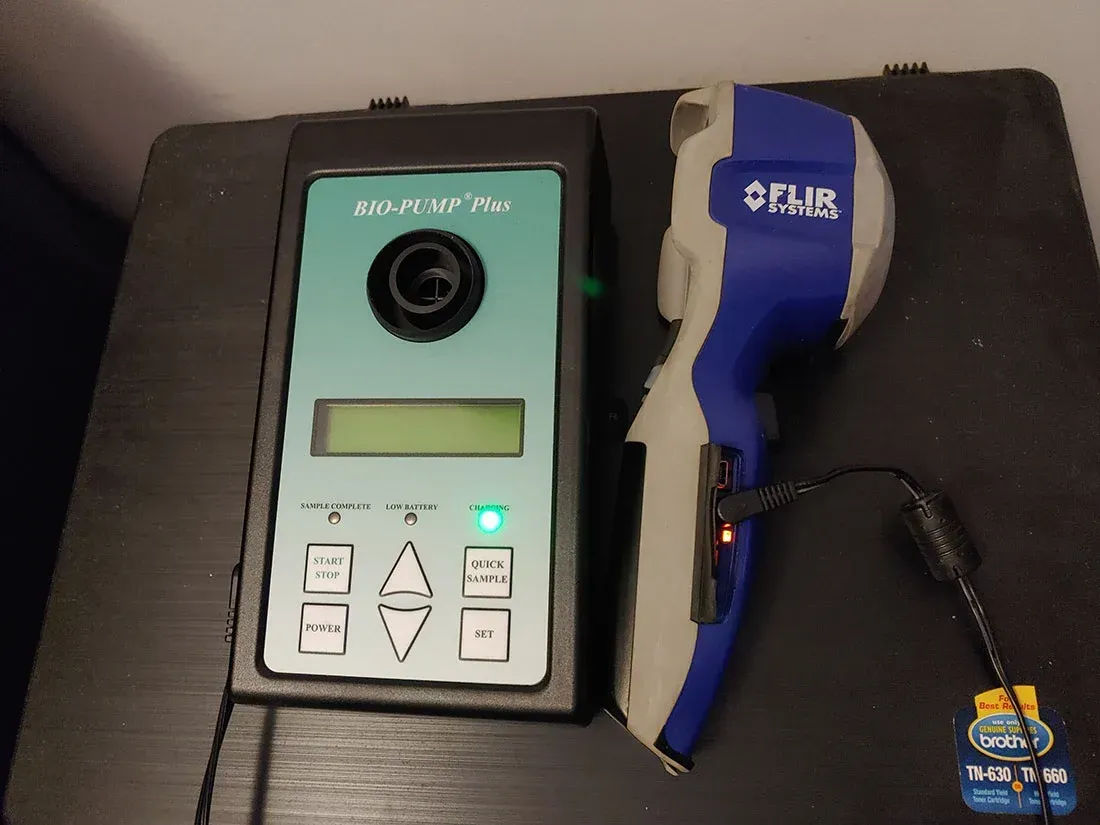What Every Homeowner in Morristown NJ Needs to Know about Mold

Feeling uneasy after spotting mold in your Morristown, NJ home is entirely understandable. There can be a sense of panic, especially when you notice musty odors or see those dark patches creeping along walls, ceilings, or floors. It’s unsettling to think about how this might affect your family’s health, not to mention the worry over potential damage to a treasured space. The good news is that recognizing and understanding mold’s behavior is the first step toward managing it. Feeling informed and prepared can bring a sense of relief.
Equally important is knowing how to reduce the likelihood of mold coming back. By staying aware of where moisture builds up, acting quickly when leaks occur, and making small adjustments to household habits, you can protect your home and the people who live in it. Below are some essential points to help homeowners keep mold at bay. If you ever feel overwhelmed or need additional help, especially with mold remediation Bridgewater NJ, professional guidance is always available.
Understanding the Health Risks
Mold exposure can contribute to many issues in Morristown, from mild allergic reactions and respiratory discomfort to more serious symptoms for those who already have conditions like asthma. Many people notice sneezing, coughing, or irritation of the eyes, nose, and throat. These symptoms may worsen at home if mold spores have built up indoors. It’s important to be mindful of any persistent or recurring reactions and to investigate areas prone to dampness, such as basements, bathrooms, and kitchens, if anything seems amiss.
· Accepting that Some Mold is Unavoidable: Mold spores exist everywhere, both indoors and outdoors. While you cannot eliminate them entirely, you can keep them from taking hold by limiting their main ingredient—moisture. A few practical tips for reducing mold in Morristown, NJ include:
o Wiping up water promptly around sinks, bathtubs, or dishwashers
o Running exhaust fans while cooking or showering
o Using a dehumidifier in areas that feel persistently damp
Staying on top of everyday moisture helps prevent mold spores from finding a place to multiply.
· Tackling Water Damage Right Away: Leaks and spills are some of the biggest culprits behind mold growth. Within 24 to 48 hours, damp building materials like carpets, drywall, and fabrics can develop mold. Responding quickly to any water issue can make a huge difference. Whether a pipe bursts or a small leak trickles into a hidden corner, the key is to remove water, dry everything thoroughly, and check for any lingering moisture beneath surfaces or within walls. This proactive approach saves time and money and reduces the risk of health concerns down the line.
· Keeping an Eye on Humidity Levels: Indoor humidity is best kept between 30% and 60%. When humidity creeps higher, mold finds more opportunities to grow. A simple, inexpensive hygrometer can help you track moisture levels in real-time. Pay special attention to rooms like bathrooms, laundry areas, and kitchens, which naturally generate more steam. Good ventilation goes a long way—opening a window, using an exhaust fan, or occasionally propping open doors can prevent humidity from lingering.
· Fixing Leaks and Drips Immediately: One of the easiest ways to stop mold in its tracks is to fix leaks as soon as they appear. Even a minor drip from a pipe, window, or roof can allow moisture to seep into walls or floors, creating a perfect hiding spot for mold. Regularly checking around sinks, under appliances, and near windowsills helps you catch small leaks before they become major problems. Staying on top of repairs saves you from replacing more extensive materials later.
· Cleaning Surfaces the Right Way: Different materials call for different approaches when it comes to mold cleanup. Non-porous surfaces—like tile, metal, or glass—often respond well to a solution of water and mild detergent, followed by thorough drying. Porous materials, on the other hand, can be trickier. Carpets, ceiling tiles, and upholstery may need to be replaced if mold has taken root deep within fibers. If the musty smell lingers or the mold spot keeps reappearing, that’s usually a sign replacement is the safer long-term option.
· Staying Ahead of Condensation: Condensation happens when warm indoor air meets a cooler surface, leading to water droplets that can feed mold. Windows, pipes, and exterior walls are common hotspots. Adding insulation or sealing drafts can help stabilize temperatures and reduce moisture buildup. Pay attention to areas where condensation forms, especially during colder seasons. Quick fixes like placing dehumidifiers near windows or insulating exposed pipes can help keep surfaces dry.
· Choosing Flooring Wisely: Carpets in basements, bathrooms, or other damp-prone areas can trap moisture and create hidden spots for mold to flourish. If you expect regular humidity or occasional spills, durable and water-resistant options like tile, vinyl, or sealed concrete make cleanup easier. If you choose carpeting, consider using removable rugs that can be dried out in the sun. This simple measure helps prevent musty odors or mold spores from building unchecked.
· Remembering Mold Can Grow on Almost Anything: Mold only needs two main things to thrive: moisture and a food source. That food source can be nearly anything, from wood, paper, fabrics, and even leftover food. Because mold is so versatile, regular inspections go a long way. Peek behind furniture and open crawl spaces, and check hidden corners for signs of dampness or discoloration. Catching a small problem early can make the difference between a quick cleanup and a major renovation.
Keeping Your Home Safe from Mold in Morristown, NJ
All these tips boil down to a simple guideline: control the moisture, and you control the mold. Whether it’s promptly fixing a leak, running a dehumidifier in a damp basement, or being mindful of condensation on cold surfaces, each step you take removes an opportunity for mold to take hold. If you’ve tried everything and still struggle with persistent mold or suspect it’s spreading out of sight, it may be time to seek professional help. For those needing mold remediation Bridgewater NJ, specialized support is available to ensure your home remains a healthy and safe place for you and your loved ones.

When the unexpected happens,
you should only trust the best. ®
Services:
Service Areas:
Mastertech Environmental - Mold Inspection Morristown, Mold Remediation Morris County NJ | Bridgewater | Florham Park | Sitemap




